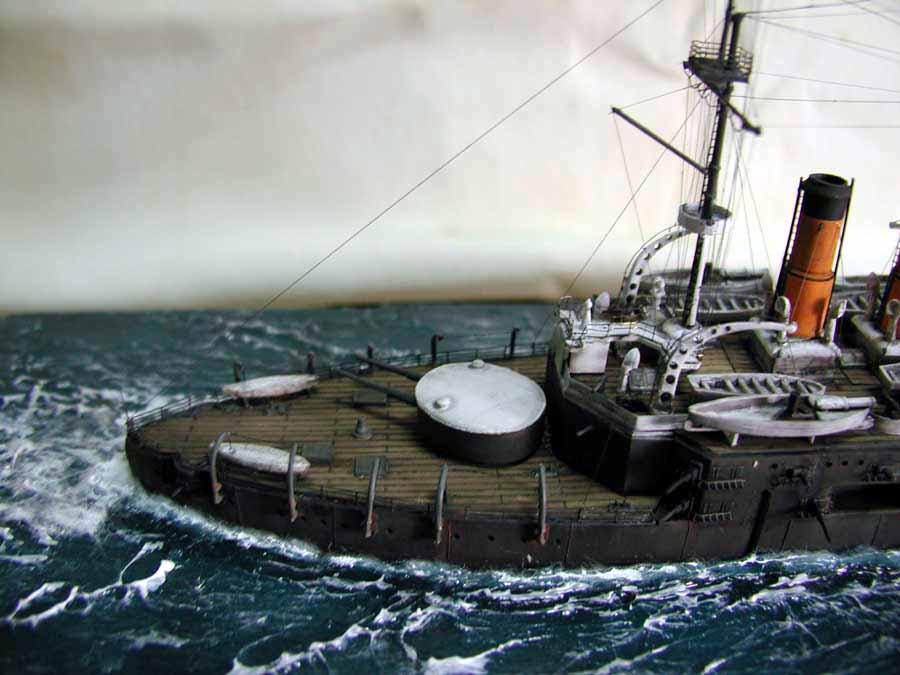

This sequence appears twice in Godard’s video series Histoire(s) du cinéma : in chapter 1A, Tous les histoires (1989) and in chapter 3B, Une vague nouvelle (1998). The appearances of Eisenstein’s stone lion in Histoire(s) du cinéma are exemplary as its alanysis may throw new light in the understanding of Godard’s use of historical images. His radicalism is to transfer this heritage, added to the experience at the editing table, to the domains of history. Since Henri Langlois’ Cinémathèque française programming, Godard conceives the history of cinema as an act of combinatorics juxtaposition. In this respect, the bracketed “s” in Godard’s series title has little to do with the quantity of material and the multiple ways to show it, but announces the challenge posed to montage in terms of judgment. 1 What is put at risk are the limits of montage as a way of thinking. This provoked some controversies in the academic world, such as the polemics that Georges Didi-Huberman has engaged in.


By doing so, Godard merges fiction and documentary, eliding the distinctions between the two and mixing their respective logics. Throughout the eight chapters of Histoire(s) du cinema (1988-1998), Godard enacts several kinds of montage to examine the images of films as well as their historic registries. Amongst many aspects of the history of cinema that Godard wanted to show with his 1990s series Histoire(s) du cinéma (1989-98), this sequence functions as an exemplary instance of Eisensteinian montage, but it is also absorbed as a way of thinking history itself. It is a delicate montage which has the effect of a single stone lion appearing to rise up. It shows, as we all know, three shots of lion statues, each one depicting the animal in different positions, from lying down to standing. Among the many spiralling sequences that make Bronenosets Potemkin ( Battleship Potemkin, Sergei Eisenstein, 1926) a major example of what the Soviet director achieved in terms of montage, the stone lion sequence stands as a paradigmatic example for its simplicity.


 0 kommentar(er)
0 kommentar(er)
